Heavy metals like mercury are a serious problem in seafood, particularly in the top of the food chain predatory fish (as well as sharks and marine mammals) because of a natural process called bioaccumulation. The U.S. Environmental Protection Agency (EPA) reports that human fetuses exposed to mercury before birth “may be at an increased risk of poor performance on neurobehavioral tasks, such as those measuring attention, fine motor function, language skills, visual-spatial abilities, and verbal memory.” Up to 10 percent of American women of childbearing age carry enough mercury in their bloodstreams to put their developing children at increased risk for developmental problems.
To read the more, here is the USDA Dietary Guidelines and their recommendations related to mercury in seafood.
Fortunately, not all seafood has high levels of mercury. In fact, every lot of seafood harvested for Seatopia has a corresponding Certificate of Analysis from Certified Laboratories of California which quantifies the presence of mercury to the parts per billion. With this protocol, we can safely say that all SEATOPIA branded products have less than 0.09 Parts Per Million of Mercury. In partnership with the U.S. Food and Drug Administration, the EPA issues determinations periodically in regard to how much mercury is safe for consumers to ingest from eating fish. Based on their recommendations, SEATOPIA products have as much as 10X less mercury.
In this blog post, we'll address how bioaccumulation works, where the mercury comes from, how we quantify mercury levels in seafood, how aquaculture can mitigate concentrations of mercury in fish through controlled low-trophic feeds, and how specific seafood (i.e. algae) naturally help detox our bodies of the heavy metals from fish.

How Does Mercury Bioaccumulation Work?
Once this mercury gets into the marine food chain, it gets converted into methylmercury and “bioaccumulates” in the larger predators. That’s why larger fish are generally riskier to eat than smaller ones. Mercury biomagnifies up the food chain, resulting in the bioaccumulation of toxic concentrations in higher trophic organisms even when concentrations in their habitat remain below the threshold level for direct toxicity. As a result, mercury exposure has been recognized as a health concern for both humans and top marine predators, including cetaceans. As a result, those of us (humans as well as dolphins and whales) who eat too much mercury-laden fish can suffer from a range of health maladies including reproductive troubles and nervous system disorders.
Where Does the Mercury in Seafood Come From?
Mercury itself is a naturally occurring element that is present throughout the environment and in plants and animals. But human industrial activity (such as coal-fired electricity generation, smelting, and the incineration of waste) ratchets up the amount of airborne mercury which eventually finds its way into lakes, rivers, and the ocean. We know the source of most of the elemental mercury in the ocean. About two-thirds come from human activities. The biggest single source is the burning of fossil fuels, especially coal, which releases 160 tons of mercury a year into the air in the United States alone. From there, rainfall washes the mercury into the ocean where it is absorbed by plankton and then gobbled up by unsuspecting fish and other marine life.

How Do We Quantify Mercury Safe Seafood?
Certified mercury safe seafood is possible thanks to lab tests that can quantify to the Parts Per Million (PPM) or PPB (Parts Per Billion). Since its founding, SEATOPIA has been committed to the use of lab testing with Certified Laboratories of California, testing a sample of every lot harvested for SEATOPIA products. These lab tests provide a COA or Certificate Of Analysis for every lot which quantifies the levels of mercury and SEATOPIA only sells products with less than 0.09 PPM of mercury. Using the recommendations issued by the EPA and FDA as a benchmark, we can safely say that every SEATOPIA product is mercury safe for daily consumption by women and children. With upwards of 10X less mercury as defined for recommended weekly consumption, SEATOPIA's mercury-safe seafood is a trusted source for clean omega-rich seafood.

How Aquaculture Can Mitigate Concentrations of Mercury in Seafood
With each step up the food chain, bioaccumulation or methylmercury multiplies. As a result, consuming higher-trophic (larger predators) animals will result in a multiplying effect of methylmercury bioaccumulation. Wild kanpachi for example will swallow whole baitfish like mackerel or squid, which in turn were eating smaller fish like sardines, which in turn were eating smaller fish, which in turn were eating plankton. In essence, wild kanpachi are 3 or 4 steps up the trophic food chain. However, by contrast, kanpachi raised from an egg on a controlled diet consisting not of whole mackerel or squid, but of a pelletized diet made from lower trophic organisms like krill, Spirulina Algae, Chlorella Algae, and the trim or bi-products of sardines, significantly mitigates the bioaccumulative cumulative effects.
Exposure to mid-level trophic multiplies results in mitigated concentrations of mercury when harvested. When we look at the FDA's reported mercury levels in similar trophic level fish like yellowfin tuna, our farm-raised kanpachi consistently report levels at a fraction of the concentration. The same can be true for salmon, halibut, snapper, or any other normally high-trophic predatory fish which has in turn been raised from eggs and feed a controlled low-trophic diet. That said, every farm is different and every feed is different. Thus we can only confirm the numbers we've tested from the specific lots harvested for Seatopia.

How Seaweed Can Help Detox Mercury
In the modern world, the accumulation of heavy metals and other toxins, along with inherited mercury deposits, is inevitable—that’s the bad news. The good news is that it is relatively easy to get rid of the heavy metals that you may have already accumulated (both generational and recent), and there are steps you can take to minimize your future exposure. Adding the following all-star team of foods to your diet and being diligent in your efforts to consume them will go a long way toward ridding your body of heavy metals:
-
Spirulina (preferably from Hawaii): This edible blue-green algae draws out heavy metals from your brain, central nervous system, and liver, and soaks up heavy metals extracted by barley grass juice extract powder. Take 2 teaspoons mixed in water, coconut water, or juice.
-
Atlantic dulse: In addition to mercury, this edible seaweed binds to lead, aluminum, copper, cadmium, and nickel. Unlike other seaweeds, Atlantic dulse is a powerful force for removing mercury on its own. Atlantic dulse goes into deep, hidden places of the digestive tract and gut, seeking out mercury, binding to it, and never releasing it until it leaves the body. Eat two tablespoons of flakes daily, or an equal amount of strips if it’s in whole-leaf form. Note: As it comes from the ocean, if you are concerned about the dulse itself having mercury, be aware that Atlantic sea dulse will not release any mercury it might possess into the body. It holds on to the mercury as it works its way through, and even grabs onto other metals along the way and drives them out as well. Atlantic dulse is a critical part of the team because it can hang out near the finish line (i.e. our colon), waiting for the other foods that have been grabbing on to heavy metals along the way. It serves as an emergency backup, helping ensure that all the heavy metals that made it as far as the colon actually leave the body.
While avoiding the daily onslaught of heavy metals and other toxins is tough, protecting your body from these threats is not. You can choose low-trophic seafood like oysters, scallops, shrimp, sardine, or anchovies. Or you can enjoy beautiful fillets of Seatopia's lab-verified mercury safe kanpachi, salmon, halibut, steelhead, and more. Combined with regular supplementation of Spirulina and Dulce, you'll be well on your way to rebalancing. The truth is, your body wants to heal, and it is working for you every day. All you need to do is give it the tools and resources it needs to begin the healing process. Start by assembling your all-star team of heavy metal detoxifiers, and only consuming mercury safe seafood. Aloe Vera Leaf Juice, Infrared Sauna, and Juice Fasting have also been shown to help with heavy metal detoxification. By taking advantage of these simple tips, you can assume an active and powerful role in reclaiming the vibrant health that you deserve—and are meant to have.


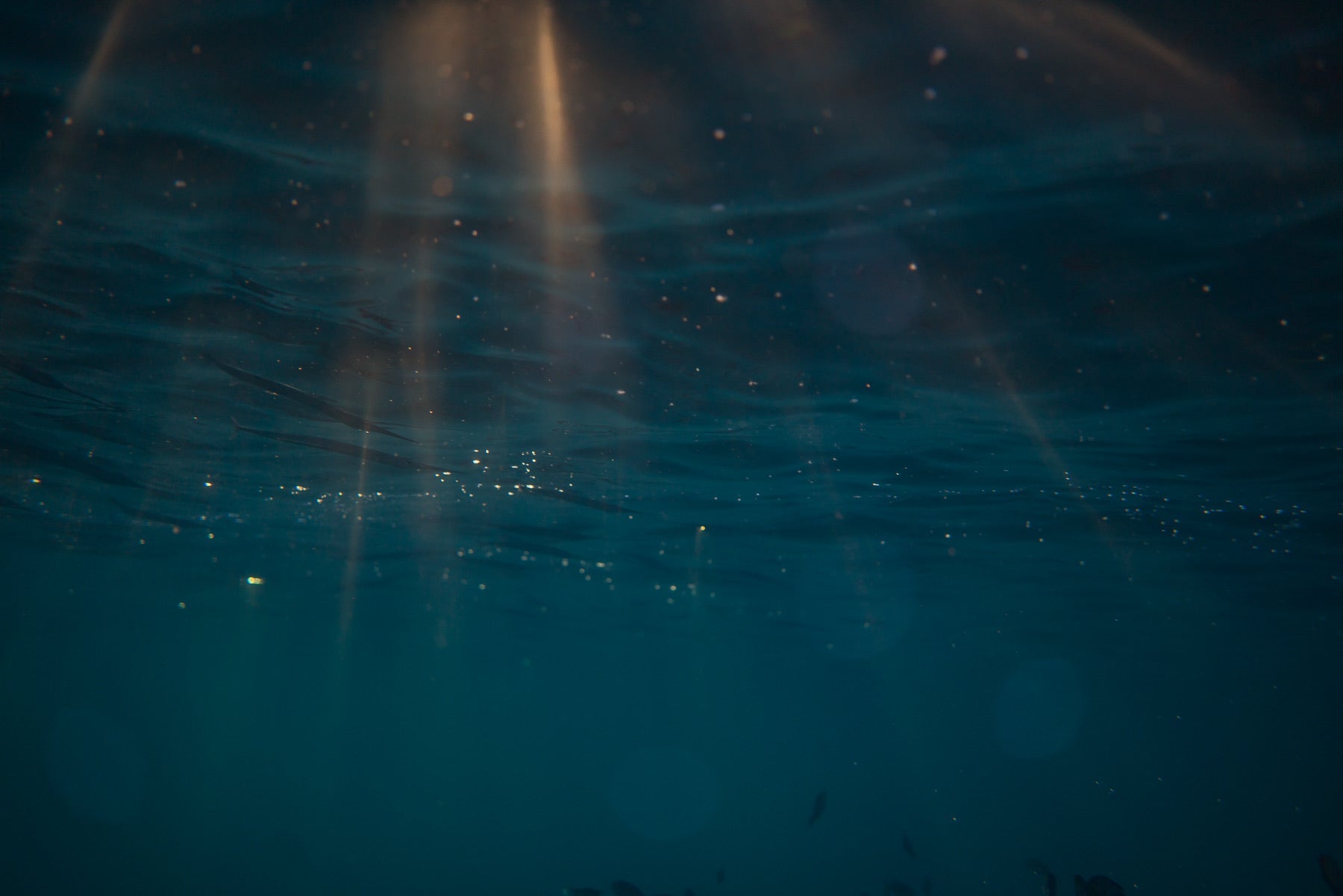

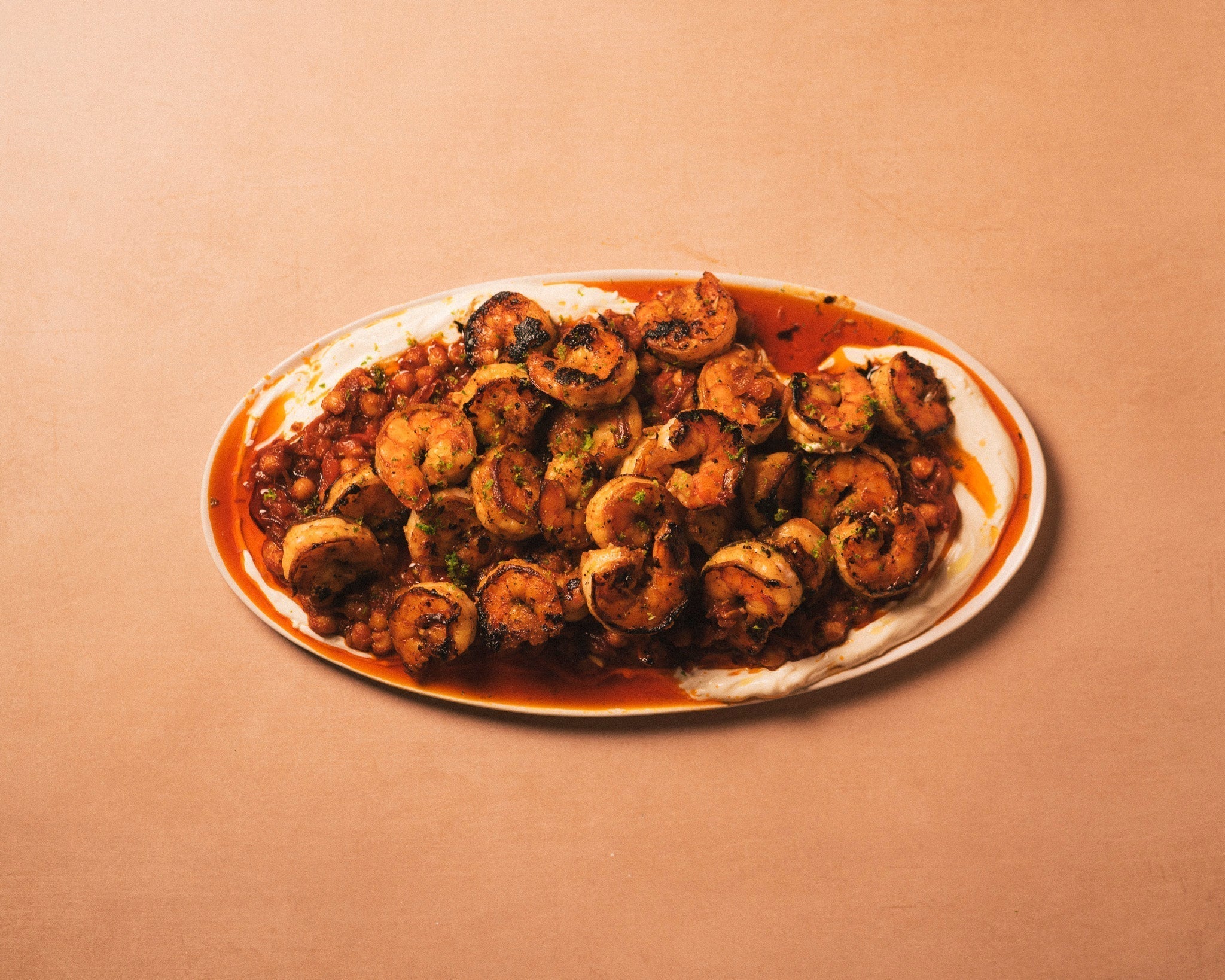
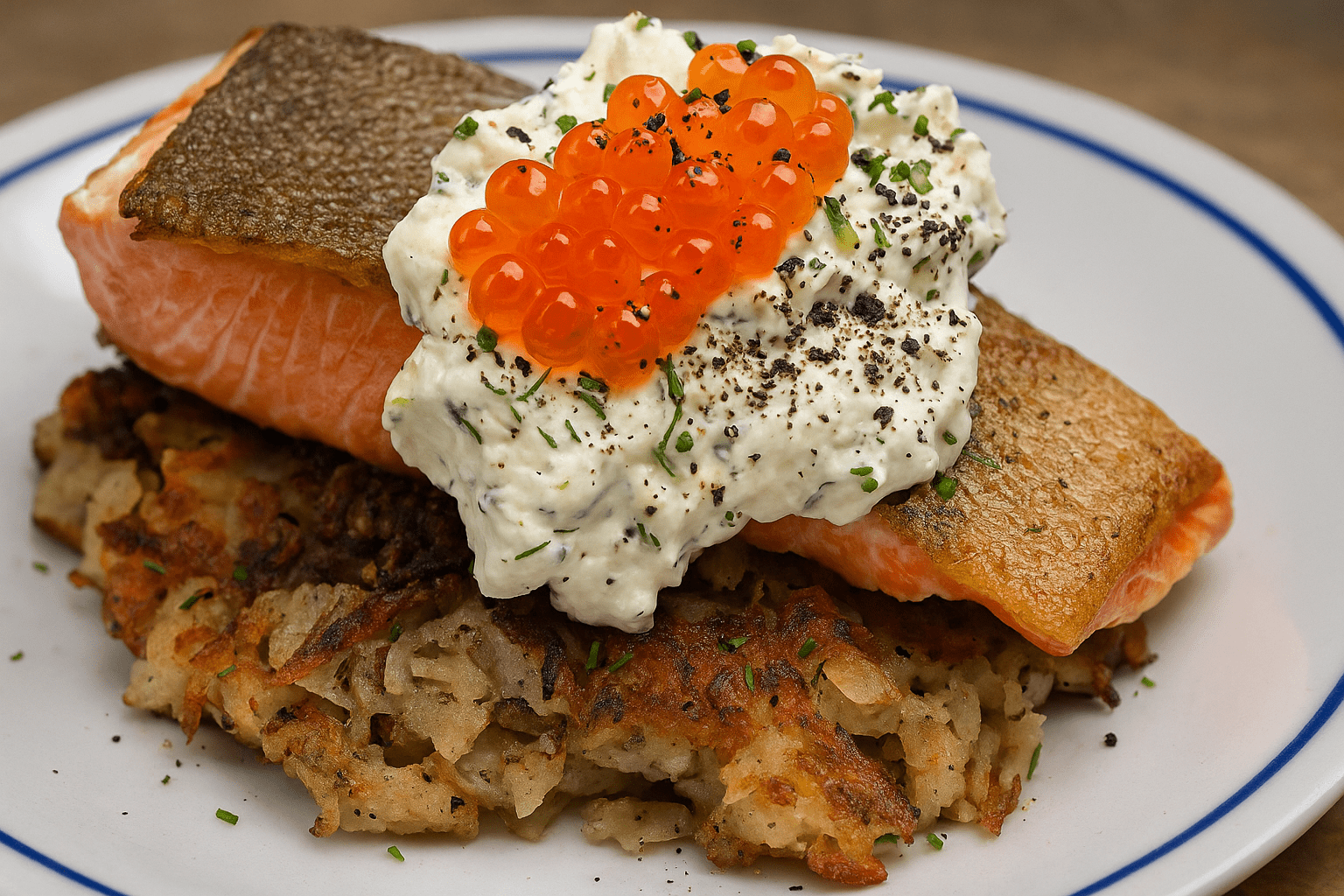
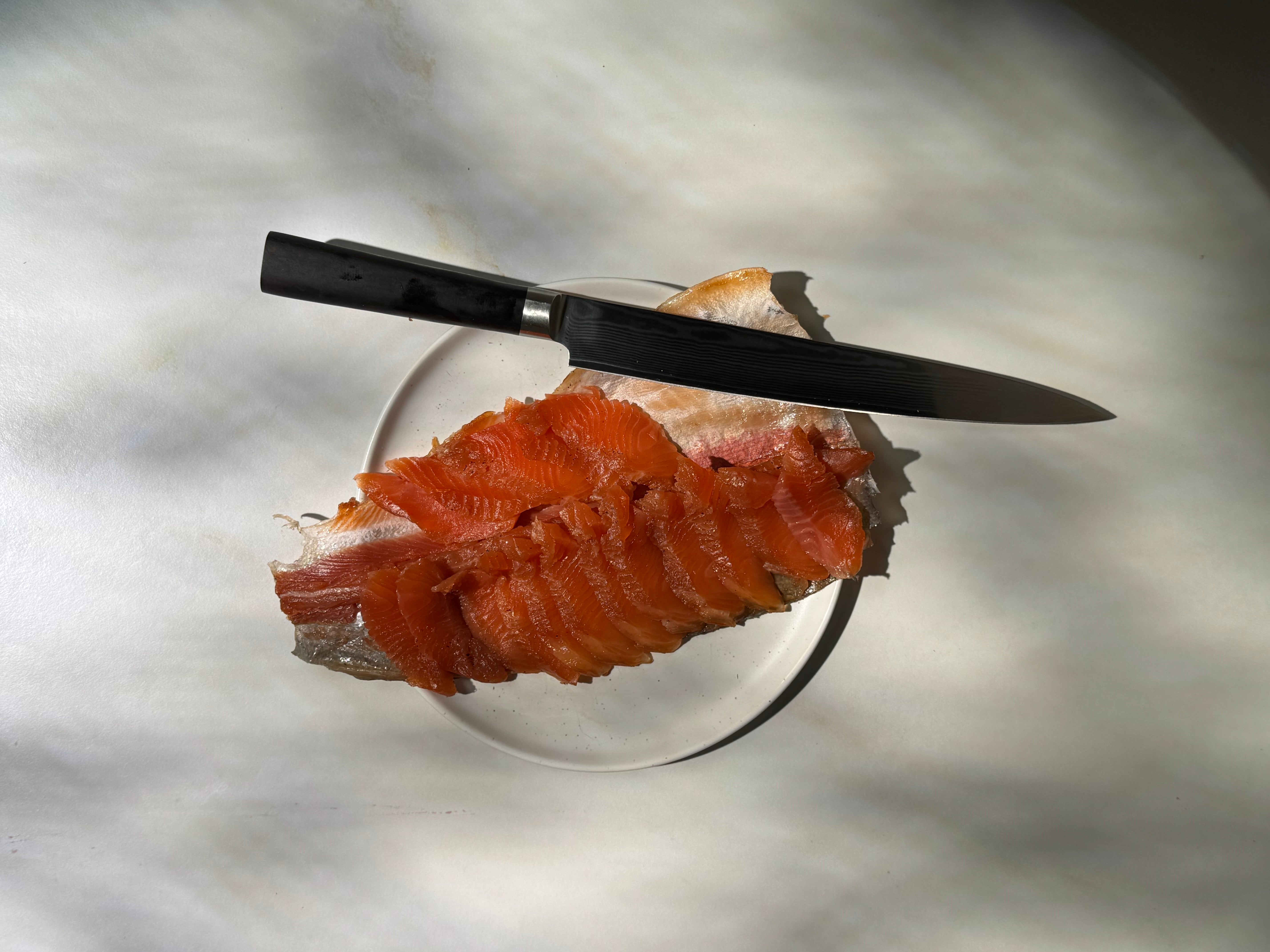
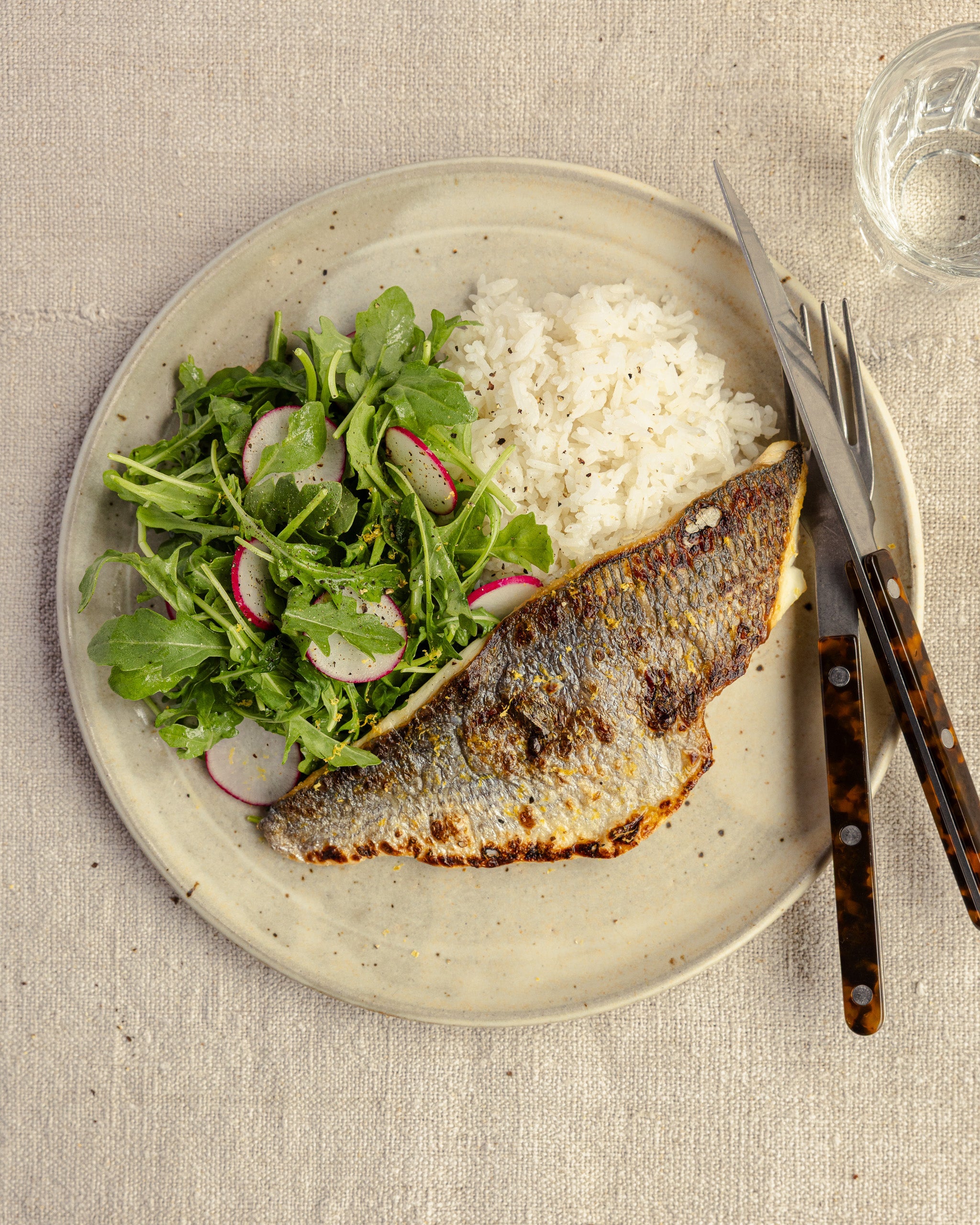

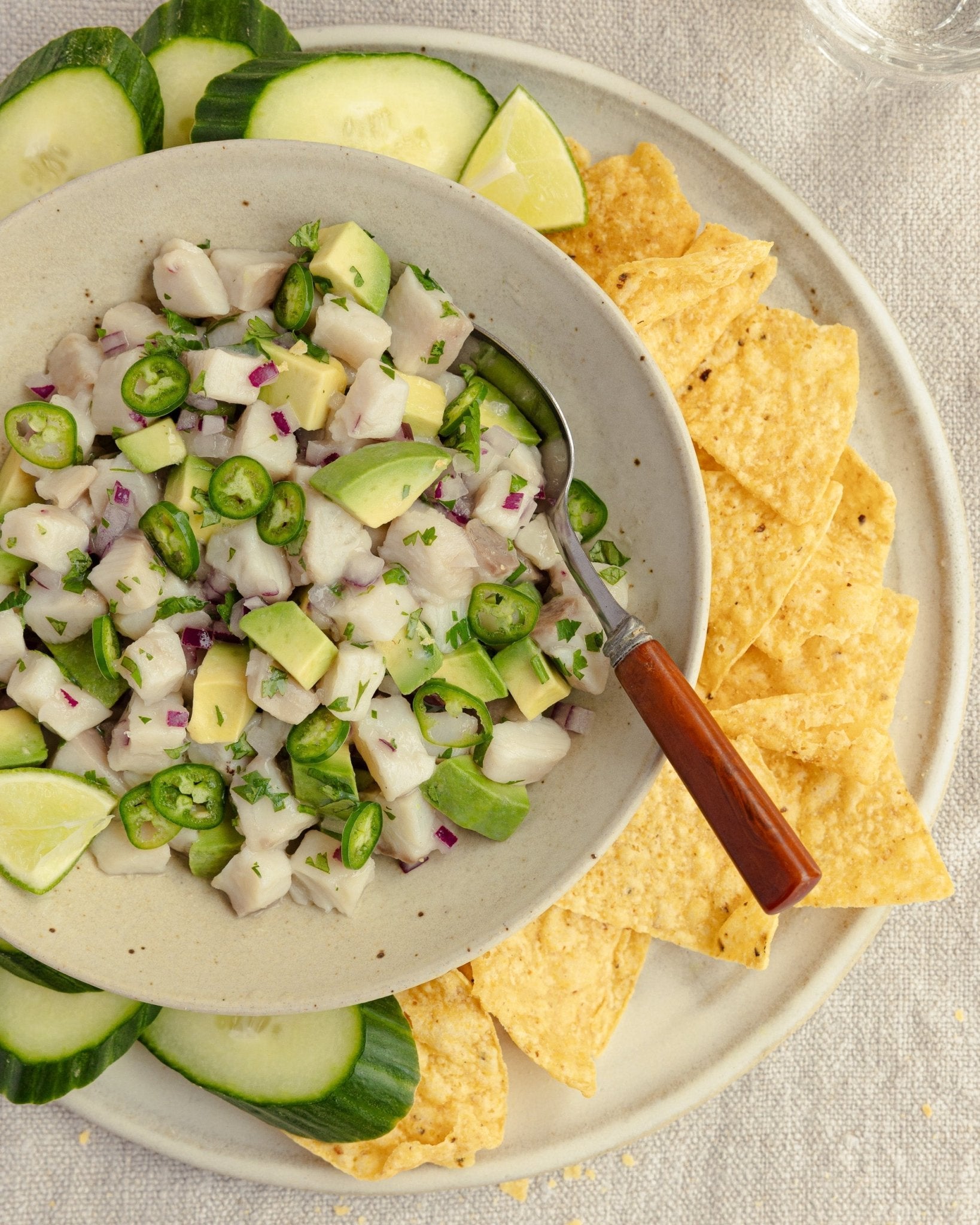
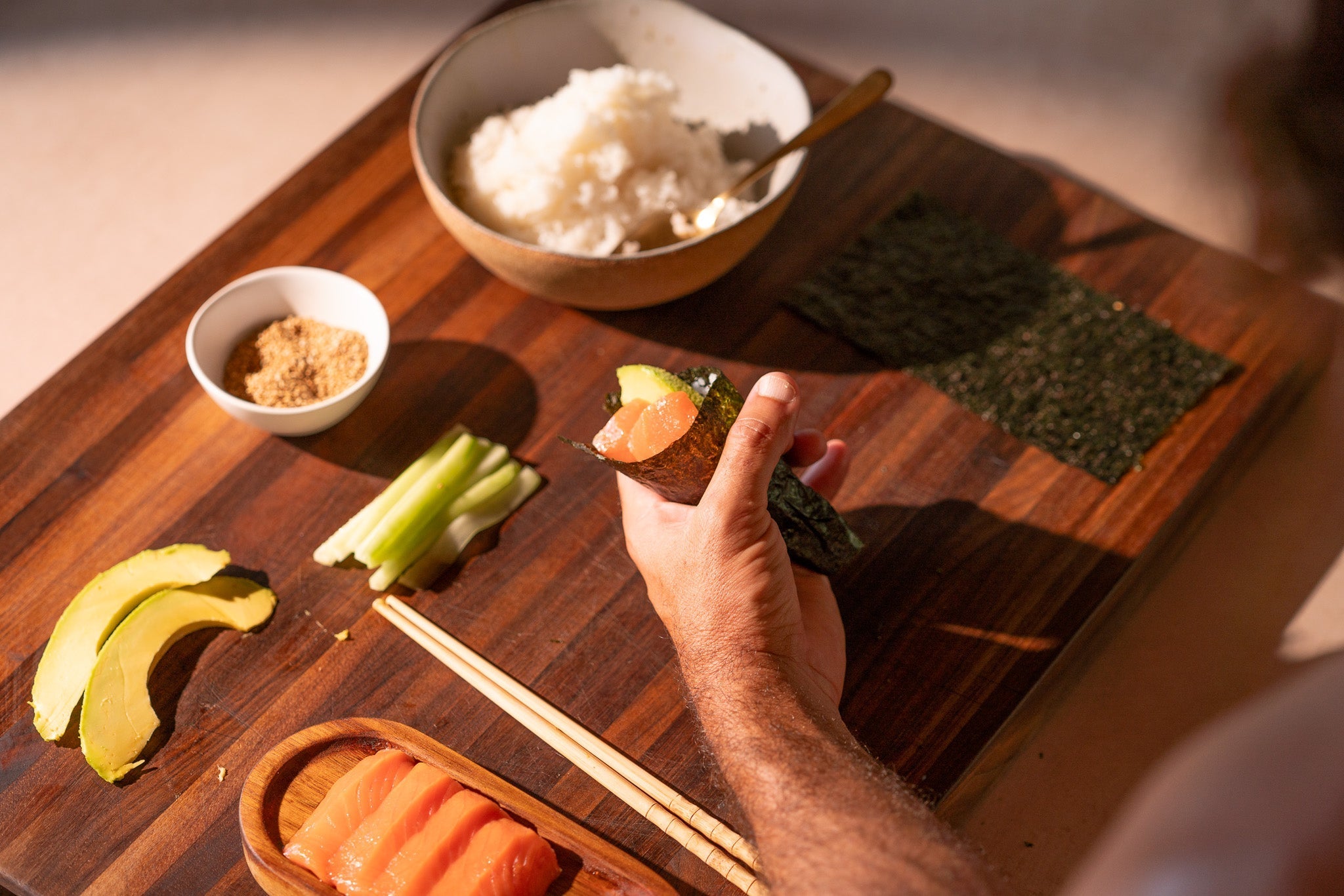
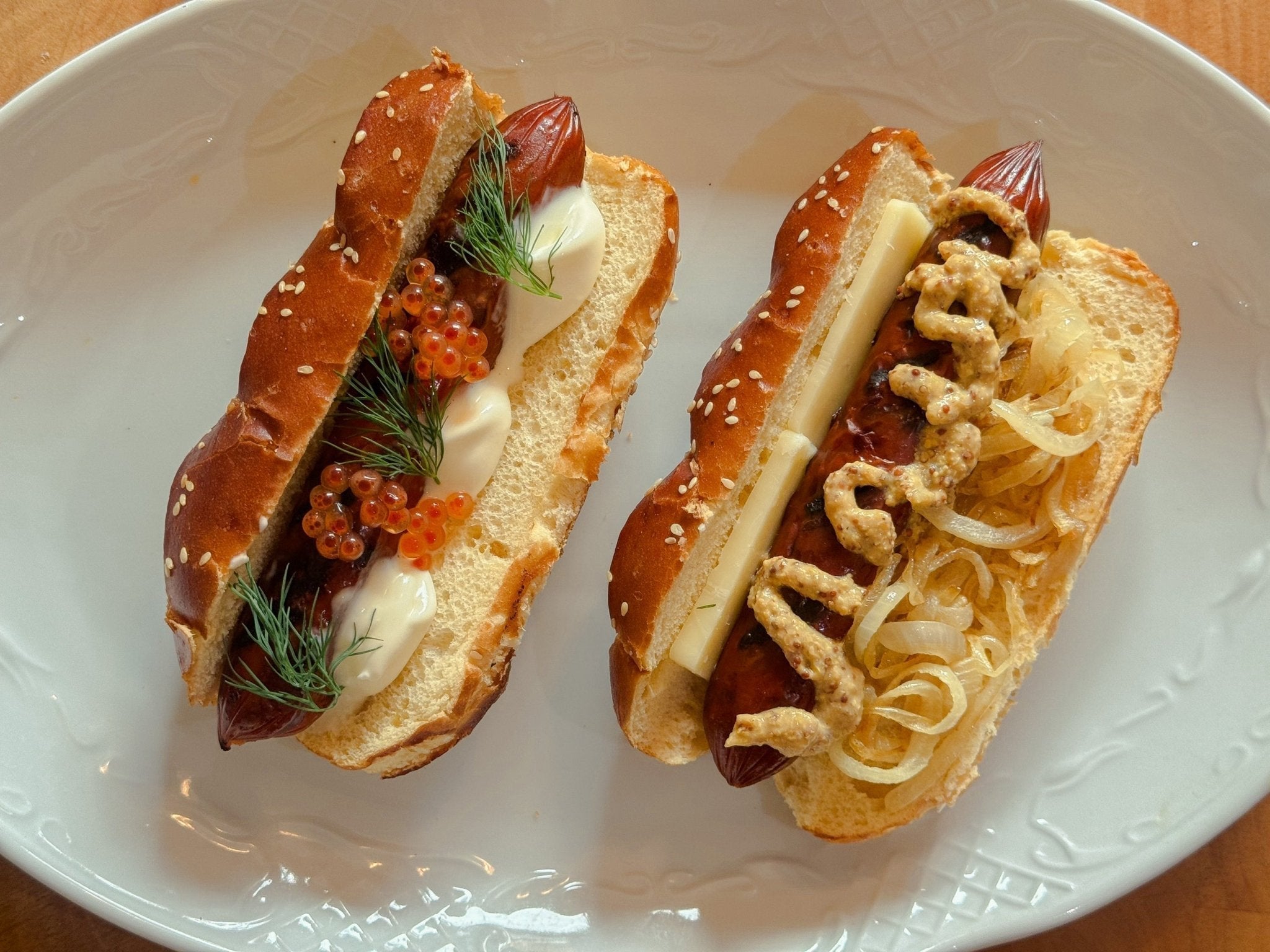
Share:
Earth Week Interview with Adam Skolnick
SEATOPIA Interview on Ben Greenfield's Podcast!